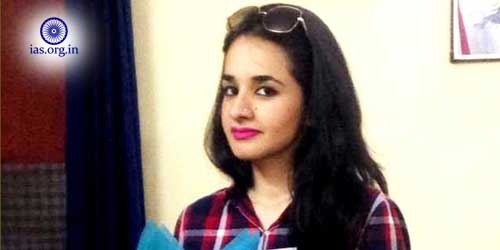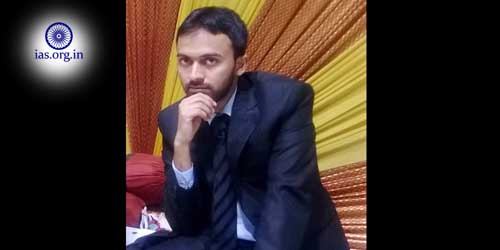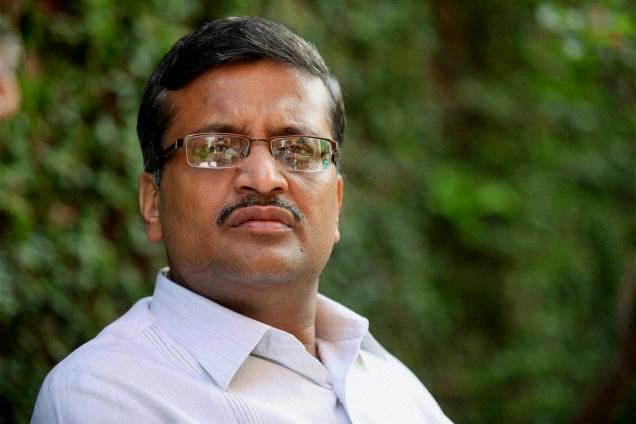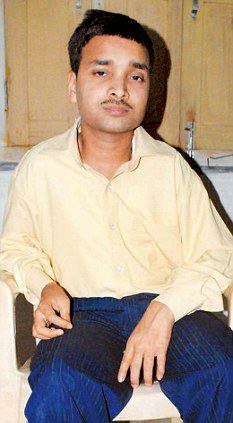26-year-old, Farah Hussain became the second Muslim from Rajasthan to crack the Union Public Service Commission (UPSC) Civil Services Examination in her second attempt. Selection of a female Muslim candidate in the prestigious Indian Administrative Services is not an easy task. Among the very few women who have surpassed this massive barrier is Farah Hussain who got 267th position in UPSC 2015.
Like every other girl, Farah Hussain dreamt of many roles to become after growing up. As a child she wanted to be a doctor, and then in her teen age she decided to enter a beauty pageant. But she ended up doing something quite different from all these, as Farah Hussain chose the discipline of law and studied a 5 year law course in Government Law College in Mumbai and became a criminal lawyer instead.
Farah Hussain said, “I will try to serve the nation will complete honesty. I will try to work particularly for children and women. As far as giving to the community is concerned I am ready to provide every possible help to competitive exam candidates. I will try to create awareness among people and inspire them.”
In 2007, Jaipur’s Aslam Khan became the first Muslim from Rajasthan to get into the all-India services. She is posted as the additional deputy police commissioner in Delhi.
Must Read: Tina Dabi tops UPSC Civil Services 2015-16 Results
Family Background of Farah Hussain
Farah Hussain belongs to a minority Muslim group Kayamkhani that is found mainly in the central and northern Rajasthan districts of Sikar, Jhunjhunu, Churu, Nagaur and Bikaner. Her family belongs to Jaipur, Rajasthan and are currently living at Dausa.
Farha’s family is full of administrative officers – her father Ashfaq Hussain is the district collector of Dausa, her uncle is retired as an Indian Police Service Officer and another uncle is a Joint Secretary in the State Government. Her uncle and father were promoted to the all-India Services from the State Cadre. Her mother is a housemaker and her elder brother is practising lawyer at Rajasthan high court. Two of her cousins are Rajasthan Administrative Services (RAS) officers and her sister-in-law is awaiting her RAS results.
Right from the beginning it was there in the family that Farah Hussain too have to go in the same field. Seeing her father and the family atmosphere she too decided to become an IAS officer and serve India.
Farah Hussain said, “I am really glad that I was born in a well educated family. My father always said that for a person to attain anything big he must attain education. Education is real wealth and with its help a person can attain great heights in life. It is sad that Muslim parents do not give attention to their daughter’s education. We Muslims blame the government for everything but we don’t try hard enough ourselves to attain our right.”
Read Also: Meet Tina Dabi IAS Topper 2015 – 2016
Educational Background
Farah Hussain is an alumna of Ajmer’s Sophia School, Jodhpur. Farah Hussain studied the five-year integrated law course at Government Law College in Mumbai from Mumbai University and was the only one from her batch to find a place in the team of one of the country’s top lawyers, Mahesh Jethmalani.
Farah Hussain opted out of a coaching institute she joined in Delhi. “I feel coaching is a waste of time. I realised that in a month and ejected,” she says.
Also Read: Meet Athar Aamir-ul-Shafi Khan IAS, AIR – 2, 2015
Attempts
Farah Hussain achieved this success in her second attempt and has beaten every religion related stereotype by becoming the second Muslim who cleared UPSC Exam 2016. She wrote the Mains of Civil Services Examination in 2013 but didn’t get a call for the interview round in her first attempt. Farah Hussain got 267th rank in the UPSC Exam and is waiting for allotment of service before she decides if she will take another attempt to better her rank.
Also Read: Dr.Ruveda Salam IPS – First Women from Kashmir to Qualify UPSC Exam
Advice for Aspirants
- First of all you should decide what you have to do.
- Work hard.
- Honestly working hard in the right direction is the key to ace any examination.
The percentage of Muslims is always very, the reason behind that is very few Muslims are able to qualify UPSC examination. First of all there is lack of education in Muslims. A big flaw is that they are not well informed about the examinations they should appear in. If they will not sit in competitions how will they succeed. Muslim fathers prime concern is to get their daughters married. This is wrong. Parents should encourage their daughters for attaining higher and higher education so that they can attain something great for themselves and also make their parents proud.
Don’t Miss: Read Success Story of Artika Shukla IAS, AIR-4, 2015






